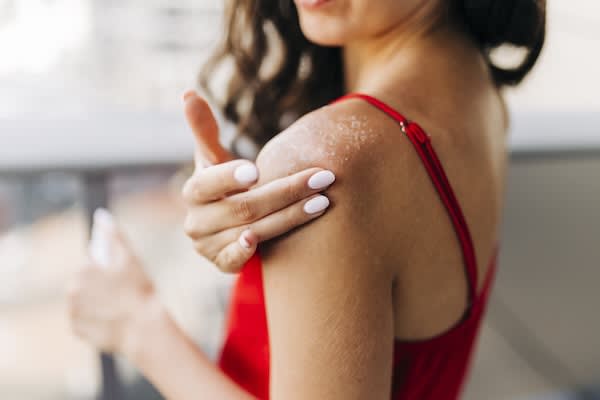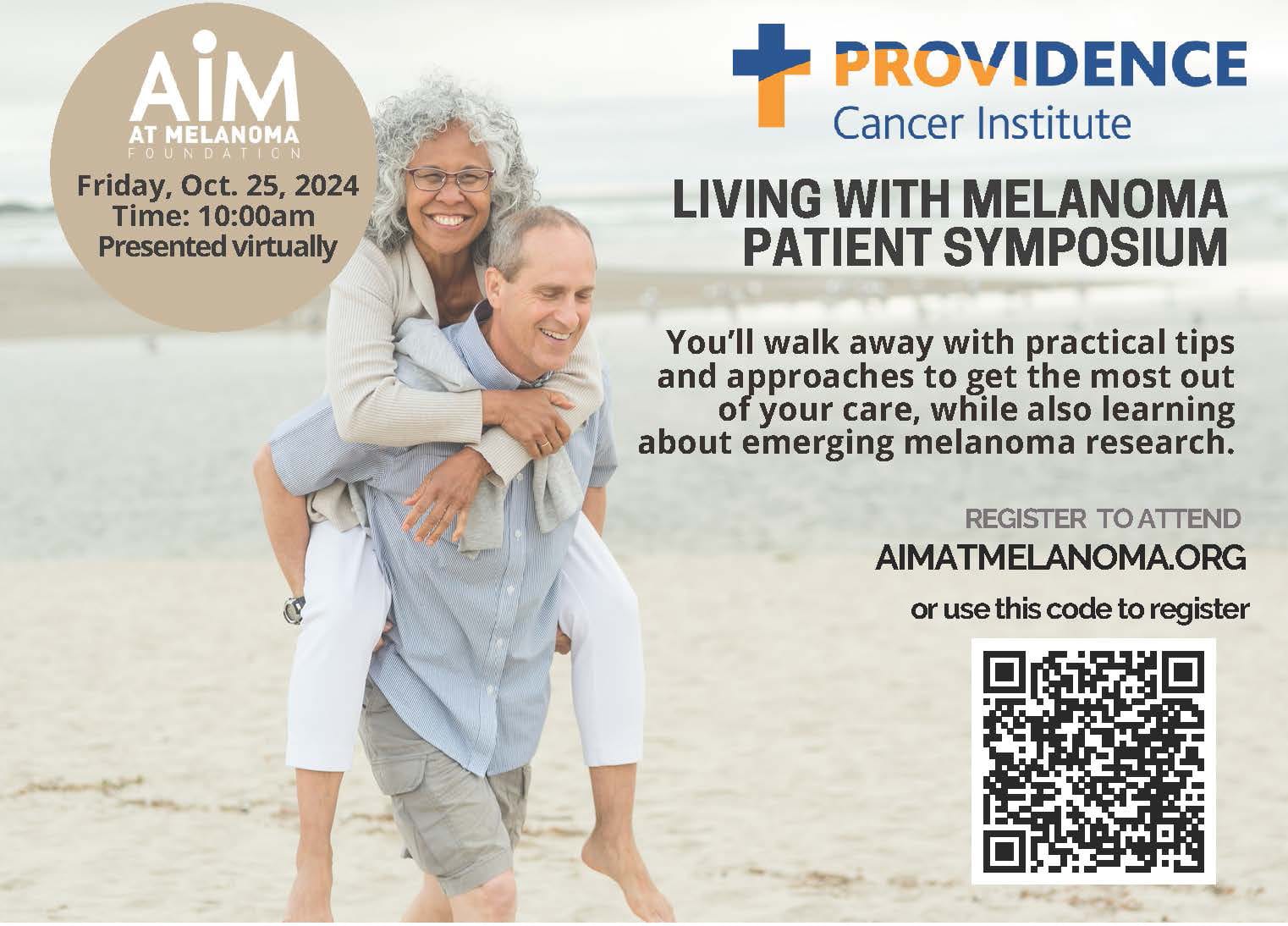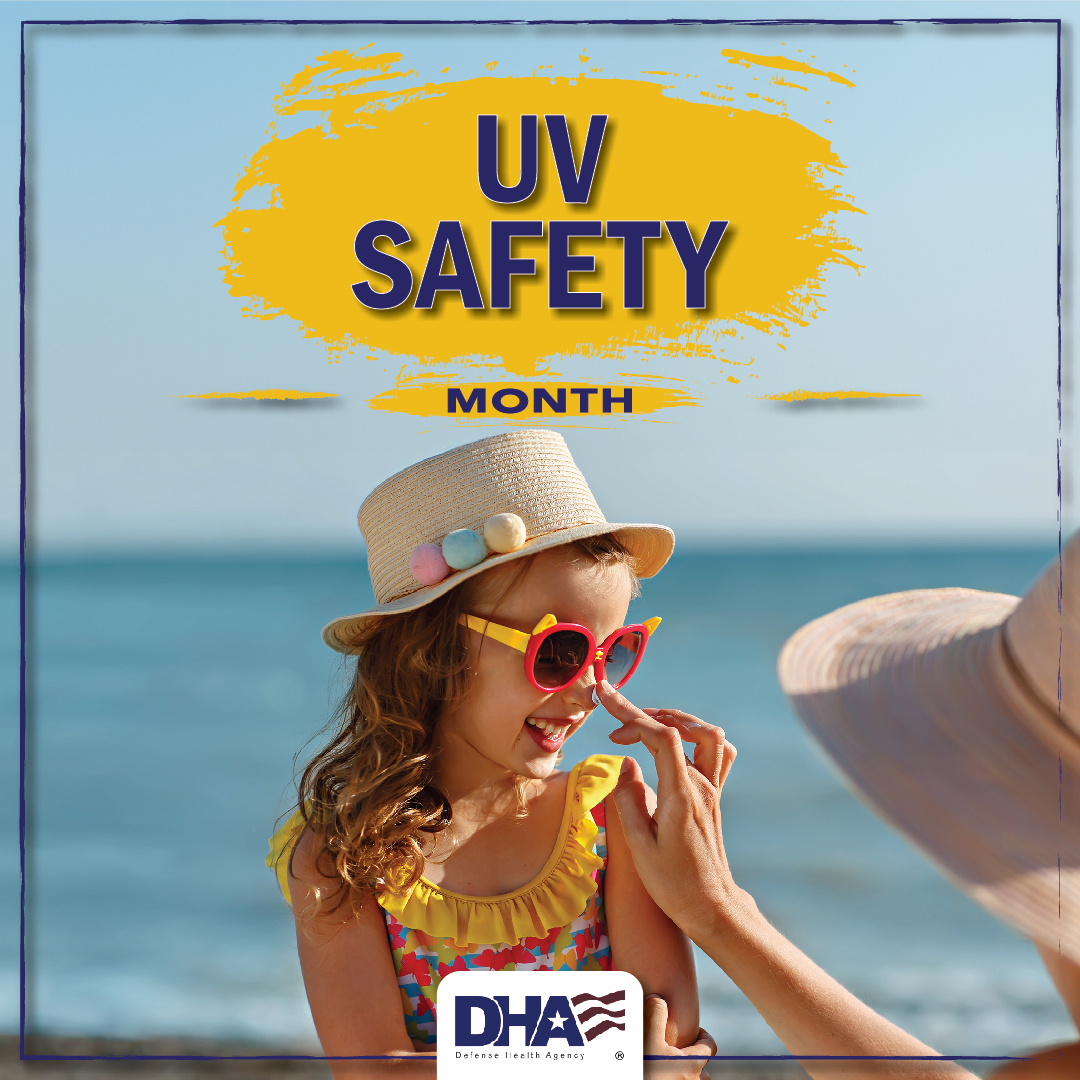How to be on the lookout for basal cell carcinoma
Key takeaways:
-
Basal cell carcinoma (also called basal cell cancer) is the most common type of skin cancer.
-
Basal cell cancer happens in older adults who have been exposed to UV rays longer and may have other risk factors such as a weakened immune system.
-
Basal cell cancers almost always grow slowly and rarely spread to other parts of the body.
-
A monthly skin self-exam can help you spot skin cancers.
[4 MIN READ]
True or false? You don’t need to wear sunscreen on cloudy days or when it’s winter.
The answer: false. Harmful ultraviolet (UV) rays don’t go into hiding behind clouds or snowy weather. You’ll want to protect your skin year-round. In fact, even indoors you can be exposed to the sun’s damaging rays.
Since your skin is your body's largest organ, it’s the one that’s most affected by everyday exposure to the sun — even indirect exposure. This can lead to skin cancer, including basal cell carcinoma, which is especially widespread in older adults.
Basal cell carcinoma most often appears in older adults
Basal cell carcinoma, also called basal cell cancer, develops when abnormal cells in the outermost layer of skin (epidermis) start growing out of control.
The chance of being diagnosed with basal cell cancer goes up with age. While people 20 years and younger can certainly get basal cell cancer, it’s far more likely in adults who are over 50. To break it down further, people who are aged 50 to 80 are affected most often, and the average age at diagnosis is 67 years old.
The reasons basal cell cancer happens most often in older adults are most likely because of the buildup of sun exposure over the years, along with other risks. While any cancer diagnosis is alarming, it may help to know that basal cell skin cancer almost always grows slowly and rarely spreads to other parts of the body. Also, this type of cancer may only need to be treated with minor surgery or by using a medicine that’s put directly on the skin.
Still, a tumor must be spotted early and properly treated or it can be locally destructive. It could cause major scarring or even disfiguring changes to your face and body.
Five risk factors for basal cell cancer
There are several factors, or causes, that affect your risk of damage from UV light. Here are just a few factors that may put you at higher risk for basal cell cancer.
-
Skin, hair or eye color. Fair or freckled skin, eyes that are blue, grey or green, and hair that’s red or blond may lead to a higher risk for skin cancer. People with light skin tones and eyes are more at risk for sunburn, sun damage and skin cancer. Still, even people who tan and don’t burn are at a higher risk for skin cancer from UV exposure. And, while people of any ethnicity who have darker skin tones are less at risk, they can also be affected.
-
Severe sunburns at an early age. Years ago, the risks of sunburn weren’t as well known. Now we know that people who had at least five intense sunburns between ages 15 and 20 have a 68% higher risk of developing basal cell carcinoma, especially from ages 40 to 60.
-
Weakened immune system. A healthy immune system helps your body fight skin cancers and other types of cancer. Sometimes certain diseases or medical treatments may weaken the immune system. For instance, organ transplants, large doses of corticosteroid drugs and HIV infection may make the immune system weaker.
-
Previous skin cancer and skin inflammation or injury. People who have already had basal cell cancer have a much higher chance of forming another one. Other problems that can lead to basal skin cancer include:
-
Skin that’s scarred from severe burns
-
Skin that’s damaged because of a severe inflammatory skin disease
-
Skin that’s been affected by a serious bone infection, which can be caused by a chronic open wound that spreads down to the bone’s surface
-
Overexposure to radiation. People who have gone through radiation treatment have a higher chance of getting skin cancer on the part of that was treated.
Other factors that could put you at risk for skin cancer include a family history of skin cancer; having a lot of moles; daily sun exposure over a long time (for instance, on a job); or you live or vacation at high altitudes or in tropical climates.
How to do a monthly skin self-exam
Finding skin cancer early is the best way to make sure it’s successfully treated. According to the American Society for Dermatologic Surgery (ASDS), when skin cancer is found early, it has an almost 100% five-year survival rate.
Since you’re the one who’s most likely to find any changes in your skin, many doctors recommend that you check your own skin about once a month.
Although a monthly skin self-exam is a wise approach, it’s best to go straight to an expert for the most thorough checkup. The Skin Cancer Foundation advises seeing a dermatologist at least once a year for a professional, full-body skin exam. Here’s an easy way to remember to get a yearly skin exam from a dermatologist: On your birthday, examine your birthday suit.
Steps to do a skin self-exam
The best place to do a skin self-exam is in a room that’s well-lit and has a full-length mirror. You’ll also want to have a hand-held mirror to look at areas on your body that are hard to see, such as the bottoms of your feet or your back. And you don’t have to go it alone: Ask a partner, spouse, family member or close friend to help if you need it.
Before you do your first skin self-exam, get a baseline. Take as much time as you can to look over the whole surface of your body. Learn where moles, blemishes, freckles and other marks on your skin are now. That way you’ll notice any changes during your next self-exam.
The best time to do a skin self-exam is after a bath or shower. Then follow these steps:
Step 1 – Stand in front of the mirror and check your:
-
Face
-
Ears
-
Neck
-
Chest (if you’re a woman, lift your breasts to check the skin underneath).
-
Belly
-
Underarm areas
-
Both sides of your arms
-
Tops and palms of your hand
-
Between your fingers
-
Under your fingernails
Step 2 – Sit down and check:
-
The front of your thighs
-
Shins
-
Tops of your feet
-
Between your toes
-
Under your toenails
Step 3 – Use a handheld mirror and check:
-
The bottoms of your feet
-
Calves
-
Backs of your thighs (check one leg first, then the other)
-
Buttocks
-
Genital area
-
Lower and upper back
-
Back of the neck and ears
Step 4 – Use a comb to:
-
Part your hair and check all over your scalp
What basal cell cancers look like
Basal cell cancers usually appear on areas that are exposed to the sun. This includes the face, head and neck. But keep in mind, they can show up anywhere on the body and this list doesn’t discuss all the ways skin cancer may show up on the skin. The American Cancer Society points out the more common ways skin cancer may appear:
-
A new, expanding, or changing growth, spot, or bump on the skin
-
A rough or scaly red patch, which might crust or bleed
-
A wart-like growth
-
A mole (or other spot on the skin) that's new or changing in size, shape, or color
-
A mole with an odd shape, irregular borders, or areas of different colors
The Cancer Society also states that basal cell cancers might bleed after shaving or after a minor injury or scrape. One way to know if you should alert your doctor is if a shaving cut or minor wound doesn’t heal within a week or so.
Keep calm and make an appointment
If you see anything that concerns you — especially something that’s changed or just appeared on your skin — don’t panic. Call your primary care doctor (or dermatologist if you currently have one) as soon as possible to have it checked.
Next steps will be based on a skin exam and your doctor’s questions about symptoms such as pain, itching or bleeding. If your doctor suspects an area may be skin cancer, you may have a skin biopsy, which is when a sample of skin is removed and viewed under a microscope.
Keep in mind, most basal cell cancers can be cured with fairly minor surgery or other types of local treatments.
Know the facts about basal cell carcinoma
When it comes to skin cancer, the myth about cloudy days and snowy weather is just one of many. Make it your mission to become a myth-buster and learn the facts about skin cancer. It may help you address even the most common form of the disease: basal cell carcinoma.
Do you do monthly skin self-exams? What other steps are you taking to protect your skin? Share your strategies with readers @providence.
--
Find a doctor
Through Providence Express Care Virtual, you can access a full range of healthcare services. If you need to find a doctor or dermatologist, you can use our provider directory or search for one in your area.
Related resources
This information is not intended as a substitute for professional medical care. Always follow your healthcare professional's instructions.



